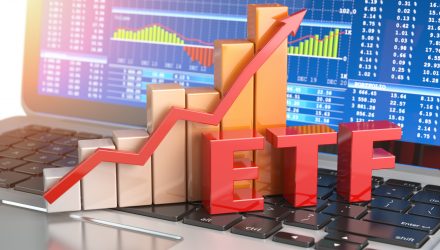In the last 10 years, the exchange-traded fund (ETF) has become one of the most popular investment vehicles. An ETF is a type of security that tracks an index, bonds, commodities, currencies, or a mix of various asset classes.
Because it is a type of fund, the ETF is often compared to the mutual fund when weighing the pros and cons of various investment vehicles. Both an ETF and a mutual fund hold a portfolio of investments whether they are stocks, bonds, or other assets.
Furthermore, both fall under the same regulations, depending on the assets that they hold in their portfolios.
Despite some similarities, however, both also have their differences. Below are some key differences between ETFs and mutual funds.
More Dynamic and Cost Efficient
The ETF owns underlying assets and divides ownership of those assets into shares. As such, these shares can be bought and sold on a major exchange.
Furthermore, because of this flexibility, they can be traded intraday. This allows investors to trade them through online or traditional brokers.
Mutual funds shares are bought and sold directly through the mutual fund company, so the actions of other fund investors can affect an individual investor’s tax liability. The tax efficiency of ETFs is discussed
An ETF shareholder is also entitled to income earned through dividends. In the event the fund is liquidated, ETF shareholders may also receive a portion of its residual value, which is the value determined at the end of an asset’s useful life.
Because an ETF can track an index, it can be passively-managed. This translates to lower costs to investors when compared to mutual funds, which are typically actively-managed.
Actively-managed mutual funds carry greater operating costs because they have to pay analysts and other research specialists. The lower costs of ETFs show in their expense ratio, which is the cost to run the fund.
Different Creation Process
The process of creation and redemption is what regulates the supply of ETFs. This process will involve an authorized participant (AP) who can redeem shares of an ETF via sale to the fund’s sponsor.
The authorized participant comprises a part of a larger ecosystem for ETFs. Click here for more information on this ETF ecosystem.
Market demand will be the primary determinant for the amount of redemption and creation activity. Demand for the ETF will also drive the price of its shares, which in turn, determines whether the ETF is trading at a discount or premium relative to the value of its underlying assets.
Less Taxable Events
The ETF is often praised for their tax efficiency since they use an in-kind exchange with an authorized participant. This means an ETF manager uses an exchange to sell the basket of stocks in a fund.
This allows the authorized participant to shoulder the impact of capital gains taxes. As mentioned, a mutual fund that must sell stocks in order to cover redemptions. This creates a scenario where the fund pays capital gains taxes that are passed on to the investor.
